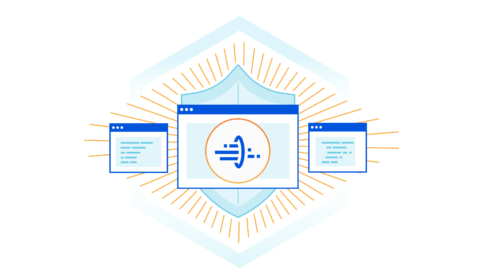
Web performance company Cloudflare today announced the release of the Cloudflare API Gateway. This release is geared at providing organizations with a simple, fast, and effective way to protect and control all of their APIs. Cloudflare API Gateway simplifies the process of identifying, securing, and managing APIs of any protocol all on one network.
According to Cloudflare, API traffic generates more than 50% of all the HTTP requests on Cloudflare’s global network. With this, it is more important than ever for businesses to protect and maintain a clear view of their API suite.
With this release, organizations will be able to:
- Identify and stop API abuse by leveraging Cloudflare’s Machine Learning engine that processes 32+ million requests per second
- Automatically detect unmanaged APIs through passive scans of the entire network that produce lists of API endpoints for complete visibility
- Create and manage lightweight, dynamic APIs that run at the edge directly with Cloudflare workers
- Offload authentication and authorization through gateway support of industry protocols such as OAuth 2.0 and JSON Web Tokens
- Route, log, and measure API requests through native functionality that will be introduced to existing Cloudflare products
“APIs were never built with security in mind. Yet, today APIs are involved in nearly every app a consumer or employee touches, often carrying our sensitive personal data,” said Matthew Prince, CEO and co-founder of Cloudflare. “Every day Cloudflare’s network blocks about 86 billion cyber threats for our customers. We’re confident that no other API tool sees the breadth or volume of threats that we do. We’ve built next generation AI and Machine Learning engines that take API management to a new level, automatically detecting new APIs and preventing threats. As with other Cloudflare products, API Gateway will do all of this at a fraction of the cost and without the latency introduced by legacy solutions.”
Schema Validation, API Discovery, mTLS, and API Abuse Detection are available now. Remaining features are set to become available later this year. To learn more, see here.






